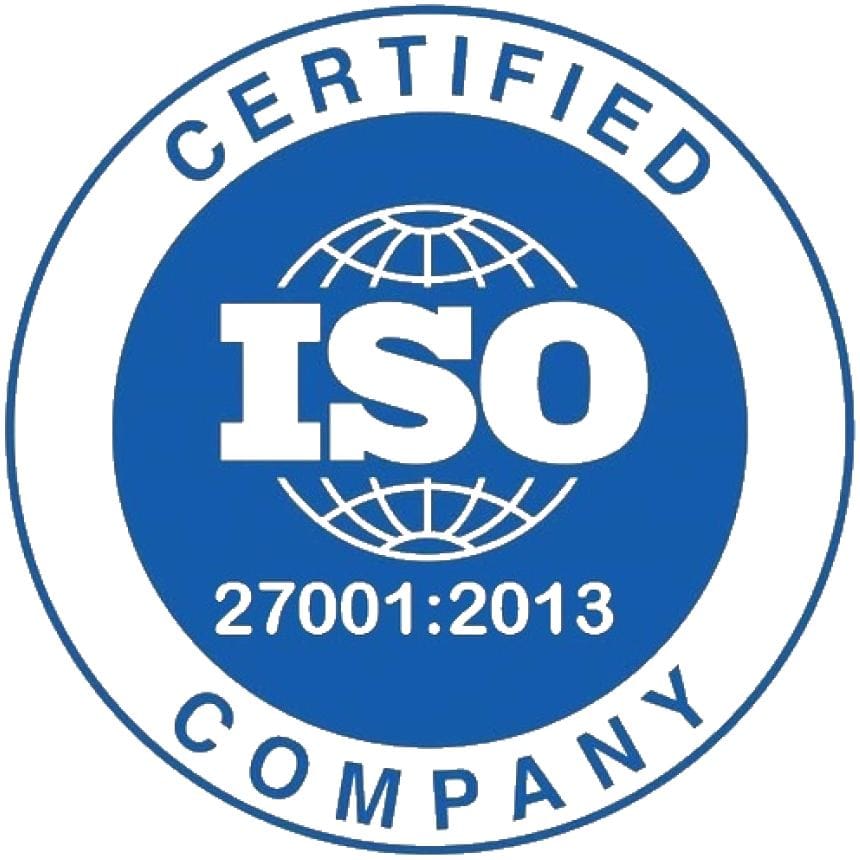
Software Product Discovery Services
Our project discovery company will thoroughly analyze and validate your idea before building a real product. Reduce risks, increase efficiency, minimize development costs and avoid rework with our software product discovery services.
Get a quoteWhat do we discover?
Do people want your solution?
Learn early in the process if your solution really satisfies customers’ needs.
Are you solving customers’ problems?
Discover the pains and needs of your customers to be sure you solve a problem they care about.
Can people use your product?
Before building your product, perform usability tests to understand if customers can use it.
Are you meeting users’ needs?
Demonstrate features to users as soon as possible to get their feedback.
Are you completing the desired outcome?
Ensure the features you’re planning to build will impact the business revenue and customers’ lives.
What technologies and scope of work do you need to build a product?
Identify tools and technology stacks, and agree on scope, budget, timeline, team composition, and skillset.
What does product discovery look like?
Problem/solution fit
Understand the crucial problems of your users, come up with solutions to these problems, and get insights into whether users like them.
- Understand your users
- Validate the problem
- Identify the solution

Product/launch fit
This stage helps us understand what features we should build first to start acquiring customers.
- Define the MVP
- Build a landing page
- Set KPIs

Product/market fit
This stage aims to evolve your product by continuously communicating with users and analyzing key metrics. The Measure–Learn–Build loop repeats every time we build something new.
- Measure
- Learn
- Build

Where we differ
Startup background
Our product discovery company recommendations are based on real cases of successful project delivery. We think a few steps ahead to avoid critical issues and save business resources.
Long-term perspective
We consider your specific goals and the long-term impact of your product. You do not have to spend money on a solution that will become useless tomorrow.
End-user in mind
We treat your projects as our own to make a meaningful impact on customers’ lives.
Deep involvement
We involve different professionals - from business analysts to system architects for a clear project vision.
Unbiased analysis
We provide you with data, facts, and research - not an opinion. Our product discovery team believes there is no place for bias when investing in software development.
Agile approach
Leveraging dual-track agile methodology, we add value in a faster way to the customer, reduce risks and adapt better to changes.
Let's build something exceptional together. Your journey starts with just one click!

Petro Diakiv
Business Development Manager

Anna Dziuba
VP of Delivery
What to Expect Next?
- Our BizDev managers will reach out within 24 hours to dive deeper into your requirements and discuss your project idea.
- If needed, we'll sign an NDA to ensure your project details are fully protected.
- Our skilled software development experts will provide tailored advice and suggest the best development path.
Success cases
FAQ
Many companies are eager to launch their new software without delay to see results faster, and we understand them. But if we go to work without a discovery step, we are doing our customers a disservice.
Before rushing into the product, we should know what client pains they want to satisfy and how. It helps us shape the product's vision, unite all the participants around a common idea, plan the project budget more accurately, etc.
Clients can skip the product discovery process and move to the project realization only if they are confident in their idea and set clear data-driven requirements. Otherwise, they risk investing money into a product that nobody needs.
By skipping the discovery step, the client deprives itself of the ability to:
- Reduce risks. The discovery phase, performed by a qualified product discovery company, saves time and money and eliminates the risks associated with:
1. No market for the product
2. Lack of understanding of the value of the product.
3. Wrong choice of technologies
4. Expensive maintenance of the delivered product
5. Communication and coordination problems - Set roadmap. A roadmap, or a description of all activities, goals, and sequence, is key in the software development process. You get a timetable with clearly defined milestones, deliverables, and deadlines established through consultative processes.
- Win trust. There are three key aspects:
1. You start with an audience and collect feedback. More chances that your product will be what users expect to receive.
2. With a prototype, you are more likely to attract investors.
3. When the discovery phase is complete, you can continue cooperation or find another to deliver the software.
We can do this by answering product capability assessment questions:
- What special problem does the product solve? (value proposition)
- Who are we solving this problem for? (target market)
- How big are the opportunities? (market size)
- What are the alternatives? (current competitors)
- Why is our product better suited to solve the problem? (our differences)
- Why is now the right time? (market window)
- How will we launch the product? (retreat strategy)
- How will we measure success? (business indicators)
What factors are critical to success? (requirements and risks)
These answers will help you get a clear picture of your product.
The discovery process will find different validated user issues and invalidate many others. Solving these problems can create value for the user and the business; however, we will only recognize this value after providing a solution.
Products often collapse when they don't solve a user problem but can fail when the team building them tries to provide too many solutions. Prioritization is the greatest practice to reduce risk. It can be difficult because issues are often intertwined, and our empathy for users tempts us to do our best. Ranking issues by their value to the users and business is a great way to start decision-making.
- Attitudinal — to apprehend or analyze the attitude of the user. It focuses on performance and actions.
- Behavioral —to understand the behavior of the users. We can do it by interviewing people about the product.
- Quantitative — collecting large amounts of data through surveys, questionnaires, and polling methods for analyzing numerical data for statistical analysis.
- Qualitative — collecting and analyzing non-numerical data (e.g., text, audio, video) to understand concepts, experiences, or opinions. It can accumulate in-depth insights into a problem or generate new ideas for research.
Do you know that we helped 200+ companies build web/mobile apps and scale dev teams?
Let's talk about your engineering needs.
Write to us











